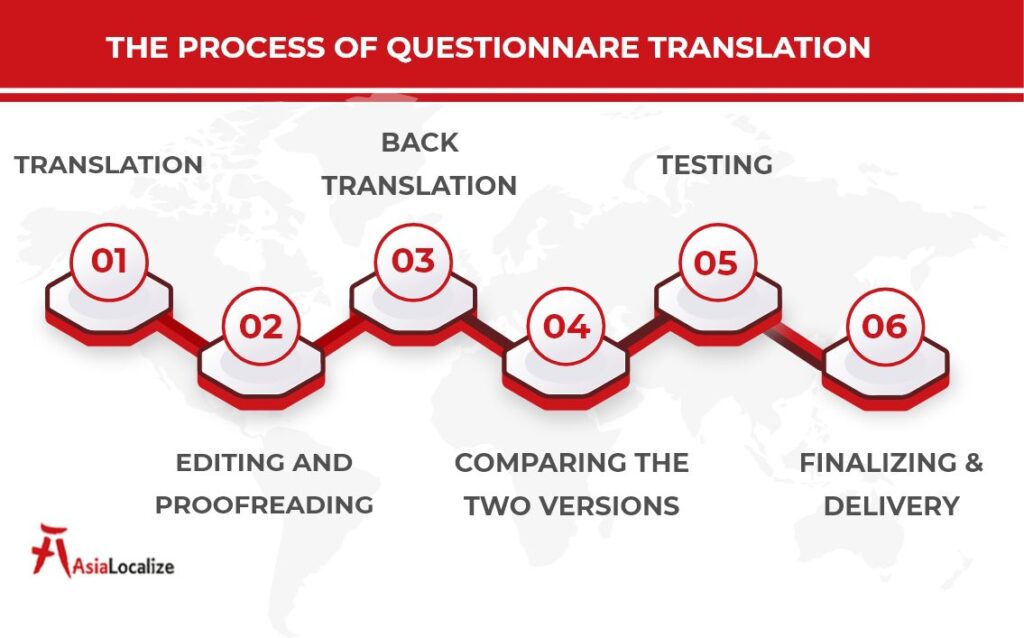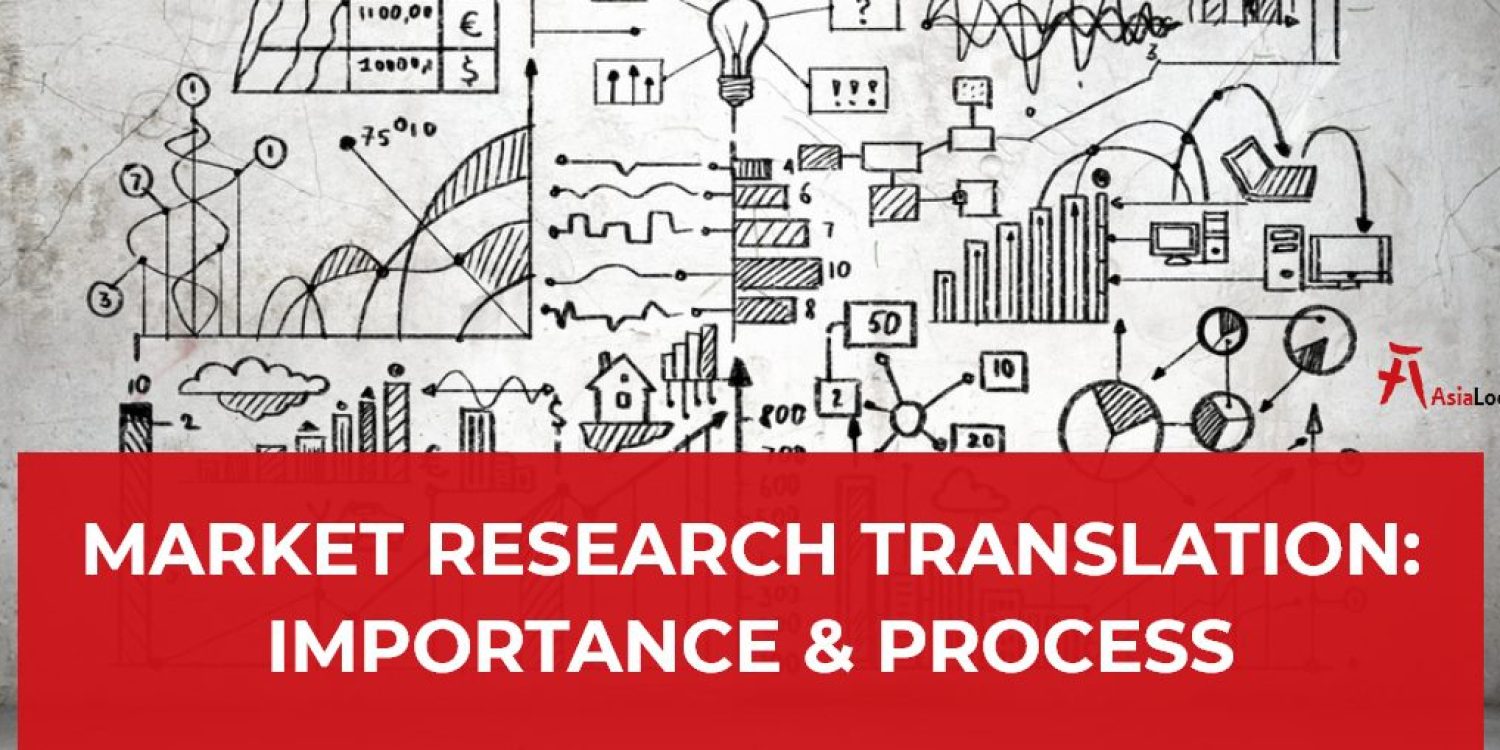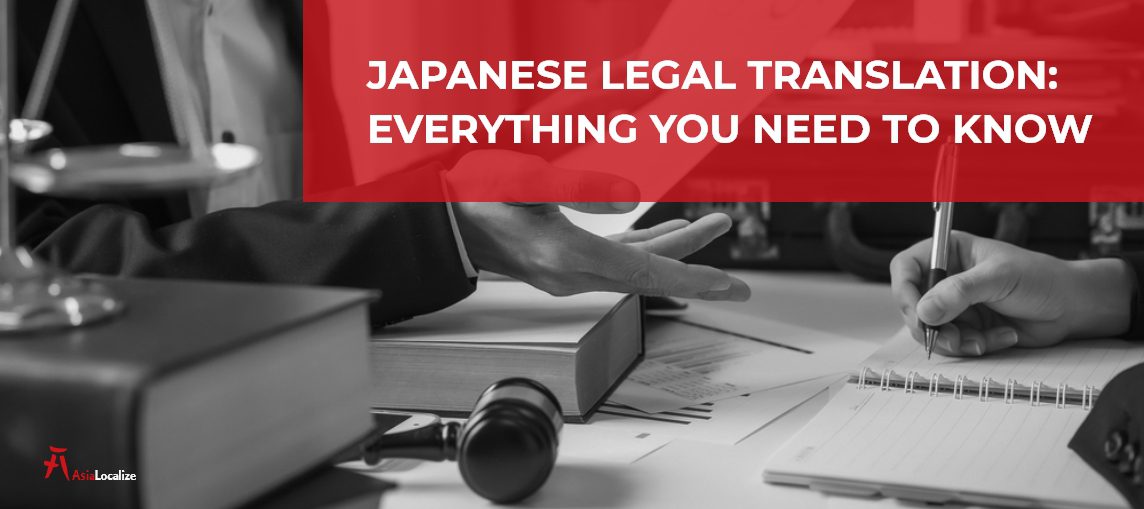According to startup talky, big global business players spend almost 5% to 10% of their annual revenue on market research and development.
That’s a huge amount of money to be invested in one direction, isn’t it? In one way or another, it proves that market research comes with many advantages for businesses since big companies won’t gamble on their future and success by directing such an amount of money to the wrong side.
Spending in the right direction brings a greater return than saving! Market research is all about overcoming the uncertainties in business, where everything should be based on data and real numbers.
It opens the floodgates for companies to understand their audiences and act upon this data-powered knowledge to achieve success, depending on bulletproof strategies.
Not only does it help in understanding the target demographic’s behavior, but it also gives a whole picture of the business environment in the target locale, including competition, market, trends, and the industry as a whole. However, globalization has created a new dimension to market research, with a demand for doing business on a global scale.
Now, the biggest challenge is to enter new foreign markets without fearing the unknown, in a new locale with a different audience, speaking a new language, and mirroring distinctive culture.
And, here comes the importance of multilingual market research translation. So, in this post, we’ll discuss almost everything related to market research translation.
What is the market research translation process? And why is it so crucial to incorporate it into your expansion plan? We’ll answer these questions and more here, taking you on a deep dive into the world of market research translation.
The Purposes of Market Research
So, why do businesses opt for market research? You can say that market research is the decision-maker when entering an industry, new market, or identifying new audience growth opportunities.
It’s the green light for any business to break all the barriers towards definite success, paving the way for a new or existing service or product in a new market or industry.
Through the data collected by market research, you can understand the actual market size, your current position, your existing or target demographics, the current situation of your product or service and your offerings, and much more. It’s worth mentioning that there are two methods of collecting information in market research projects: qualitative and quantitative market research.
The latter builds valid predictions based on data collection and mathematical calculations through questionnaires, pollings, or surveys. On the other flip of the coin, qualitative market research sheds light on your target audience’s needs, opinions, and beliefs by asking them directly through one-to-one or focus group interviews. Here are the purposes of conducting market research:
. Decision Making
At every stage of any business journey, decisions are made along the way, some of which can be critical. There is, therefore, no way to be certain without an expert market research service.
For example, market research can prevent wrong decisions from happening in the first place, which may result in money loss prevention or brand public image protection. So, conducting market research is a must to build solid decisions based on real-time data about the target market or industry.
Being in the dark will create a rocky foundation for any business aspiring to gain traction and success in the target locale.
. Spotting Opportunities
The importance of market research extends to more than just studying the target persona and its needs as well as market trends and competition. Through market research, you’ll have the ability to find new business paths for your business to increase revenue. You can consider market research as a business opportunities eye-opener. It can bring a new idea to your mind that may change the whole game to be in your favor, such as changing the business model of your service or product to be more suitable for your persona’s needs and requirements.
. Attracting Investment
If you have an eye on getting funding for your startup business, market research is your way to go. Investors respect big dreams based on realities; they love to experiment but not risk it all. So, by showing your understanding of your industry, market, and, above all, your audience’s pains, you’ll be able to win their trust. Prove the need for your service or product, and you’ll succeed in all your endeavors.
The Need & Importance of Market
Research Translation
Nowadays, high-quality multilingual market research translation has become a necessity.
As we stated previously, there’s no way to target the global market without global research fully accomplished by the power of investing in professional research translation.
Communication openness has created the need for professional translation language services when conducting reliable international research, especially if your stakeholders are from different home countries.
Incorporating research translation into your research projects is your only chance to beat the odds in foreign markets.
That’s why you need to have a translation agency with many years of experience in market research translation in your corner, acting as a pillar of strength that understands how to face any linguistic and cultural challenges along the translation process.
The challenge is how to create the same impact you’ve made on your audience with another market, tackling a foreign language with a whole different culture.
It’s why native market research translation experts should handle questionnaires, surveys, and other market research materials. They are the only ones who are capable of delivering reliable, accurate translations that fit in culturally with the target audience, which points your business in the right direction.
The Process of Market Research Translation
(Questionnaire Translation)
A translation company should take part in the initial questionnaire or survey creation process (market study design process) and work hand in hand with market researchers to create a translation-friendly source of market research material.
However, in most cases than not, a company gets involved when the market research experts finalize the material. So, in this section, we’ll give a glimpse of the questionnaire translation process beginning from the translation phase, leaving you with nothing to wonder about!

1. Questionnaire Translation
It’s the step where a team of linguistic experts works on the source research to convey the questions in the best suitable way to the target audience.
Sometimes, translators may face some challenges in finding equivalent concepts in the target language or in regard to syntax, idioms, or colloquialisms. But as long as you have translation professionals with market analysis experience on your side, it won’t be a problem. Also, let us not forget the editing and proofreading phase, which fine-tunes the translation.
P.S.: Literal translation should be avoided; the questionnaire should be tailored according to the target audience’s culture and education level to be well absorbed the moment they browse it.
2. Back Translation (If Required)
Back translation is a method or quality measurement tool used, especially in legal and medical content, to ensure the accuracy and quality of translations. It’s the process of translating the target text back to its source language to find any inaccuracies or irregularities.
In research translation, sometimes, the translation companies conduct it, as per market researchers’ request. In this case, an expert translator with a market analysis background, and who hasn’t been part of the initial translation process, works on the project to check if the target text meets the clientele’s standards.
3. Comparison
Now that the market research materials are back-translated, this version is compared with the source market research to ensure the target material validity and reliability. If any differences have been spotted, they should be discussed in a focus group.
4. Revision
At this step, a group of people from the study’s country answers the questionnaire to help translators deal with any linguistic or socio-cultural translation issue that may arise in the material.
5. Finalization
And here comes the last phase, where the translators resolve any translation mistakes or ambiguities to finalize and produce the end result to be ready to go.
The Power of Going for AsiaLocalize’s Market
Research Translation Services
As an ISO 9001-certified translation company, AsiaLocalize has the know-how to support you thoroughly through reliable translation services.
We know the ropes of building questionnaires, surveys, or any other type of market research to resonate with the target audience to gain insight into their preferences.
Our team of linguistic experts is adept at structuring cultural-appropriate questions to avoid any confusion and maintain your brand’s tone of voice.
We put together skilled human assets with advanced technological tools to produce unrivaled translation and interpreting services within your time constraints without compromising on the quality of the outcome.











